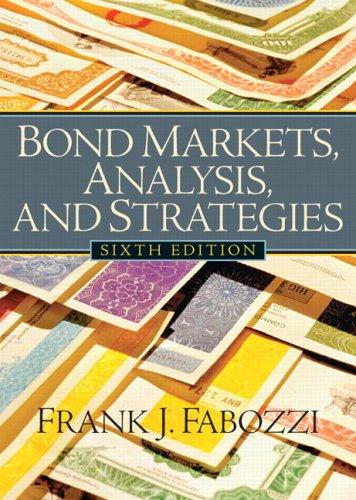Hello, could an expert please help me? thank you in advance for your explanation and hardwork.

The principal of the time value of money is probably the single most important concept in financial management. One of the most frequently encountered applications involves the calculation of a future value. The process for converting present values into future values is called This process requires knowledge of the values of three of four time-value-of-money varlables. Which of the following is not one es? The interest rate (1) that could be earned by invested fund The present value (PV) of the amount invested The inflation rate indicating the change in average prices The duration of the investment (iv) All other things being equal, the numerical difference between a present and a future value corresponds to the amount of interest earned during the deposit or investment period. Each line on the following graph corresponds to an interest rate: 0%,10%, or 20%. Identify the interest rate that corresponds with each line. trivestme bans base their interest calculations on one of two possible methods: the interest and the interest Both methods apply three variables - the amount of principal, the interest rate, and the investment or deposit period-to the amount d or invested in onder to compiate the amount of interest. However, the two methods differ in their retationship between the variables. Assume that the variables 1,N, and PV represent the interest rate, investment or deposit period, and present value of the amount deposited or invested, respectively. Which equation best regresents the calcutation of a future valut (FV) using: Investments and loans base their interest calculations on one of two possible methods: the interest and the interest methods. Both methods apply three variables-the amount of principal, the interei the investment or deposit period-to the amount deposited or invested in order to compute the amount of interest. However, the tw iffer in their relationship between the variables. Assume that the variables 1,N, and PV represent the interest rate, investment or deposit permou, arupresent value of the amount deposited or invested, respectively. Which equation best represents the calculation of a future value (FV) using: Compound interest? PV=(1+T)N/PVFV=PV(1+D)NFV=PV+(PV1N) Simple interest? FV=PV+(PVIN)FV=PV(PV1N)FV=PV1N Investments and loans base their interest caiculations on one of two possible methods: the interest and the interest methods, Both methods apply three variables - the amount of principal, the interest rate, and the investment or c he amount deposited or invested in order to compute the amount of interest. However, the two methods differ in their relatio variables. Assume that the variables 1,N, and PV represent the interest rate, investment or deposit period, and present value of the imvested, respectively. Which equation best represents the calculation of a future value (FV) using: Compound interest? FV=(1+1)N/PVFV=PV(1+I)NPV=PV+(PVIN) Simple interest? PV=PV+(PV1N)PV=PV(PV1N)PV=PVIN











